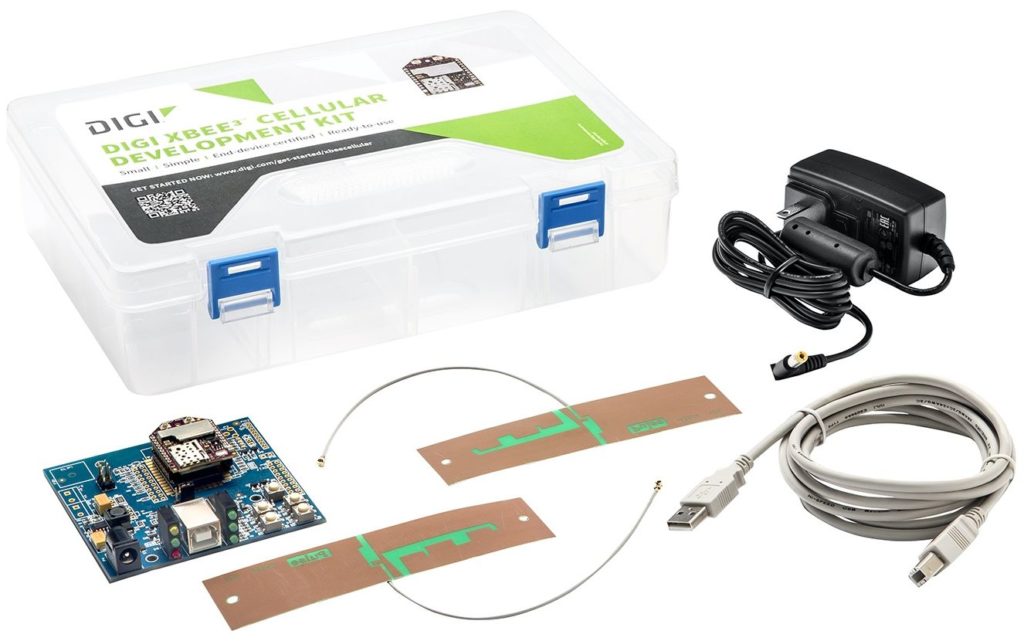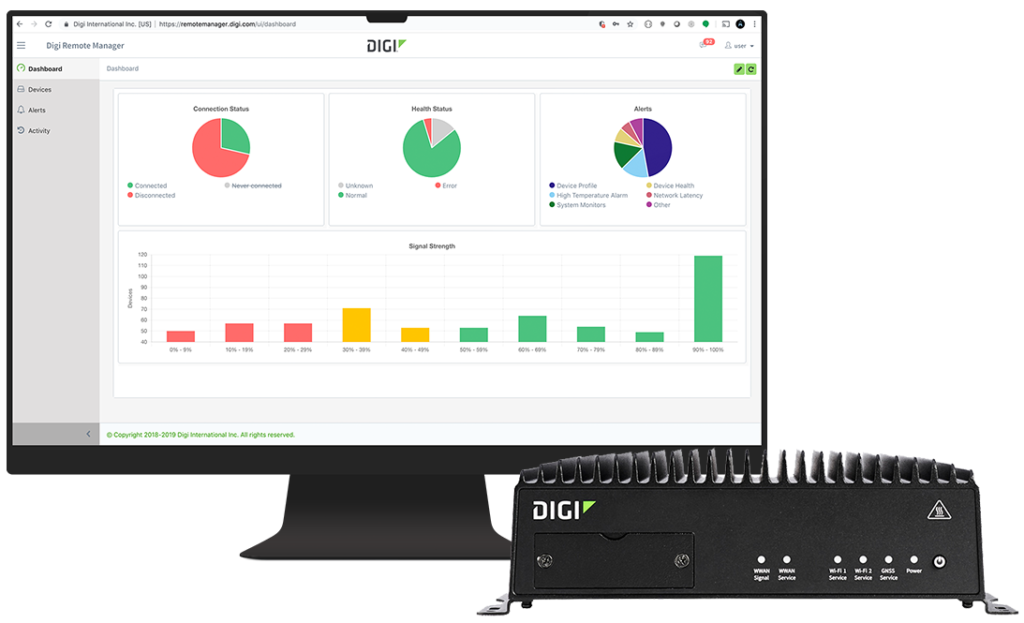Connecting IoT devices to the cloud, cellular may be the only option and 5G can be overkill for many applications.
Now that 3GPP Release 16 is on the books, the next phase of 5G can begin: connecting devices other than phones to the network, be that a public or private network. 5G, however, isn’t for everything. Many IoT devices simply don’t need the high speeds that consumers want. Yes, there are applications where equipment collects and stores vast amounts of data, but many don’t. For them, LTE is quite sufficient. That’s the takeaway from a conversation with Digi’s Randall Kerr.
Based in Hopkins, Minn., Digi engineers industrial, enterprise, and retail connectivity systems. These systems connect IoT devices that monitor physical conditions such as water levels, air quality, soil quality, and so on to wireless networks in many ways. That is, cellular (2G, 3G, 4G, 5G), Wi-Fi, Bluetooth, or LoRaWAN. Activity in connecting IoT devices to 5G networks has begun, but network deployment and the lack of real need (so far) are holding things back.
In some installations, noted Kerr, cellular is the only connectivity option because of its widespread deployment. “Wired and satellite connectivity isn’t always available or not practical,” he said. “Cellular connectivity is ubiquitous and reliable.” Indeed, Digi has sold some 15 million of its XBee cellular modem modules (Figure 1) to engineers who integrate them into IoT devices. The company also designs cellular communications into products such as routers that bring cellular connectivity indoors.
“While 5G is blazing fast, but it’s not deployed in many areas and in many applications, the speed available from mmWave connectivity is simply not needed. Data rates for sub-6 GHz 5G is generally fast enough.” As a result, Kerr expects early IoT connections to 5G to occur in the FR1 frequency band, sub-6 GHz. He noted that signals at FR1 frequencies can penetrate walls and glass, something mmWave signals can’t do. Kerr said that Digi is working on 5G connectivity and that enterprise equipment will be the first to get it. In the meantime, there are many engineers using LTE connectivity for IoT products. Indeed, Kerr explained that Digi customers look for easy installations hat are possible with FR1 frequencies.
Industrial monitoring installations often use sensors and digitizers. Recorded data needs to find its way to datacenters for cloud storage and analysis. Cellular routers often fit the application, providing the connectivity to wired networks. Because many installations collect data slowly, routers with some intelligence can make decisions on when to send that data. For example, router that can support scripting languages such as Python can perform initial analysis at the installation site. While much of the data collected is what Kerr calls “heartbeat data,” a script can monitor the data for anomalies and send data when the need occurs.
EE or IT?
When it comes to connecting embedded devices to wireless networks, there’s a transition that occurs between electrical engineering and IT functions. Engineers know the sensors, measurements, digitizing, and signal processing side, but once the data goes to the modem and on to the network, it’s usually in the IT domain. Kerr noted that he splits his time evenly between working with EEs and IT people. He often explains the fundamentals of networking to EEs. The connectivity devices such as routers and gateways handle the communications using standard protocols. “Once you have a modem, it’s an IT function.”




